The Community Vitality Project
She sees clearly, Mitch Wright
Urbanism has so many expressions that the collective of what comes to mind for people with the term is a mosaic of form, color, motion, emotion, light and dark, traffic, bleak, interesting, creative, dirty, crowded, and on and on. Cities are complex, interesting, mixed up, maybe with some organization and many without. They grow fast and slow or not at all or even shrink depending on the dynamics of countless processes and variables. I find cities to be extremely interesting because they are an expression of ourselves in many faceted ways.
There is a tension and struggle between contemporary urbanism and the construction of cities versus exercising personal expression and customization. We live in a homogenized society of mass production and trends. Materials and styles today are like sheep, one following the other once one style or material gets fashionable. Personal expression is important for the durability of dynamic cities and society. Place distinction comes from creative and individualistic pursuits.
The Community Vitality Project is an exploration of how well we express ourselves, and how personal and engaging the expression is. What I seek is to photographically tease out places that give me a sense of attraction and dynamism. Why are some places alive? What are the components to being vital? What energy is generated in places that may otherwise appear to be mundane? Is attractiveness important? The physicality of place resonates with the society of place as well, energizing the experience in a reciprocating relationship. The Community Vitality Project explores this concept and the various components of society and form that seem to contribute to a place that vibrates with energy and life. But the definitions of these components of vitality may be stretched to include more ethereal elements of emotion, movement and form interplay.
When I discuss urbanism, I’m not talking about the glitzy steel and glass modern cityscape but rather places that are congregate built form and social density including fringe areas that are gateway places.
As I have written in the past, there is an important relationship between community form and the intimacy of hand-made architecture; the artform of placemaking. This is particularly obvious in older communities, older civilizations. Many of the photographs display that intimacy and connection to the form of the community since it grew organically from society and context. Do we still build beautiful places and buildings with meaning that will last for hundreds of years?
The show presented here has been an investigation into urbanism, its vitality, and many of its manifestations. There are several threads that have emerged over the years with the work. Personal expression is an important component as building blocks for places that install memories; the memories and stories chapter of this work.
Some of the works are part of the thread Tattoos and Graffiti, which are a more impressionistic mode that explores the relationship of personal expression between one’s dedication to marking themselves to the works applied to structures. Memories and Stories speak of societal stories needing to be told and the action from political motivations that erase iconic places fading ever so slightly over time from our minds. Stamped out with the latest fashionable trend. Other works are more about the urban condition, form, and the interaction of the people that live there. Streets, buildings, and people are an interesting recipe of the interactions. Observing and photographing places like these demonstrate many relationships.
What I seek is to photographically tease out places that give me a sense of attraction and dynamism. Why are some places alive? What are the components to being vital? What energy is generated in places that may otherwise appear to be mundane? Is attractiveness important? The physicality of place resonates with the society of place as well, energizing the experience in a reciprocating relationship.
Urban Form / Urban Mosaic
Using the mosaic form to accentuate the experience
Sion Switzerland, Mitch Wright
Much of the work is created as a mosaic in a manner that invokes a third dimension of lifting off the background. Some are on backing boards that may have photos mounted directly on them, and others shed the back board to float as images independent of an anchoring plane. I have experimented with this form since back in around 1978 with more simple constructions of 2D triptychs. I’ve always been attracted to the vibrancy it gives to an image. Motion or sequential images are among the earliest and still used today. I seek a more experiential mode by exploring this style.
Beyond this is the elemental components of a scene. When we experience a place, our minds, whether consciously or subconsciously view all the various detail that comprises the space, but may not see all those details. It’s not uncommon to have the disappointment that an image can’t capture the true experience of a space or event. A three dimensional space compressed into a 2D piece of paper mounted and framed? The mosaic form gives me the opportunity to explore motion as a staccato of imagery and explore the elemental essence of a space. Much like designers see the whole in their mind but detail out element by element. Individual images that comprise the whole allows us to understand the whole and its vibrancy more so than single imagery. The cluster of individual imagery can convey the elemental, the motion, and the energy that a space and the event, may hold.
RELATED EVENTS


